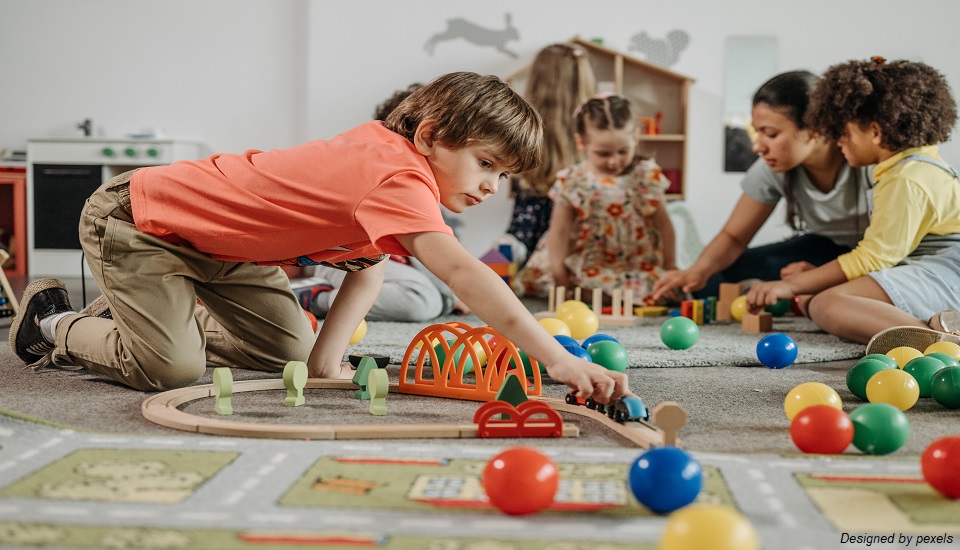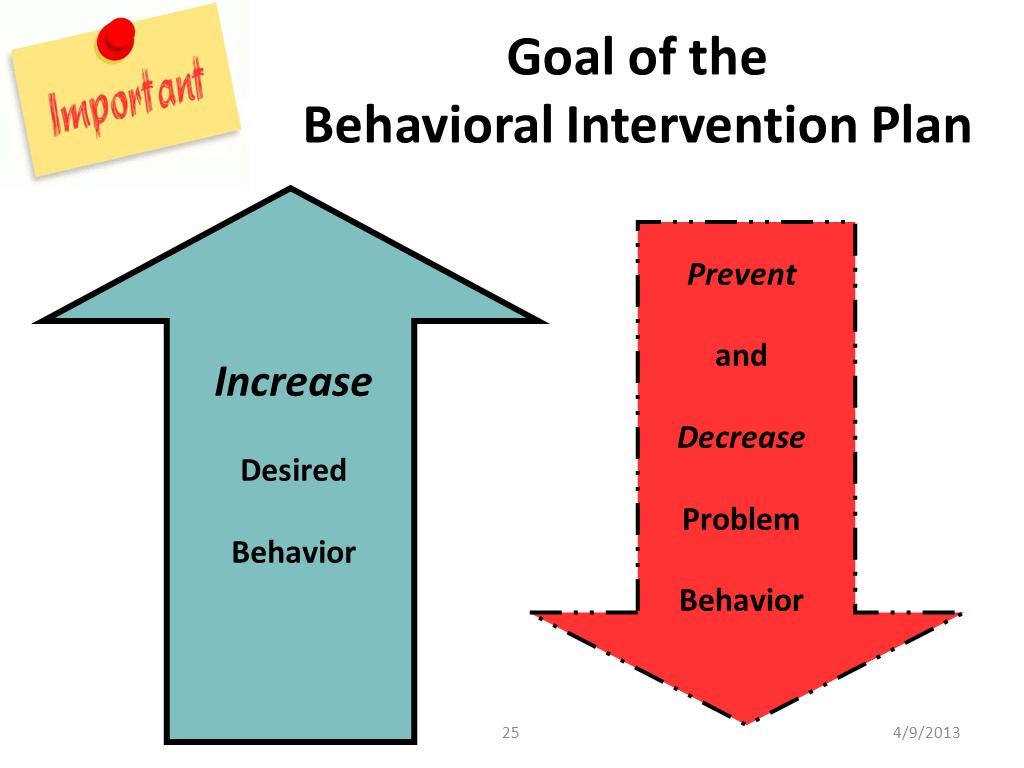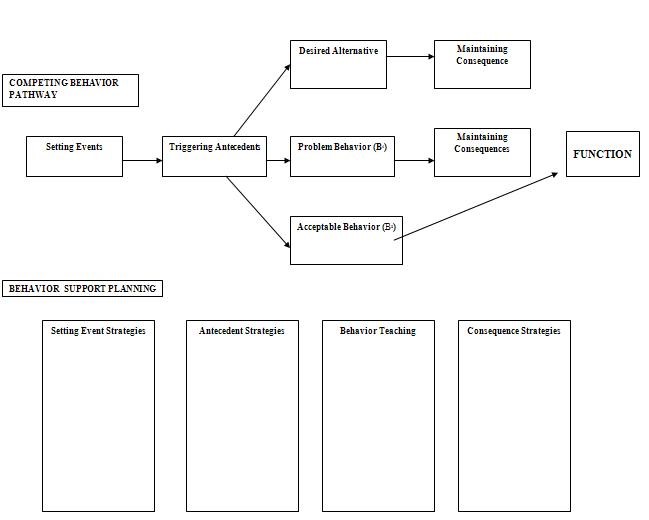A Comprehensive Guide to Behavior Intervention Plans for Children with Problem Behavior
11th July 2023

Behavior Intervention Plans (BIPs) play a vital role in supporting children with problem behavior by providing a structured approach to address their needs and promote positive changes. A well-designed BIP aims to identify the underlying causes of problem behavior, establish proactive strategies, and implement targeted interventions to foster desirable behaviors. This guide aims to provide a comprehensive overview of creating effective behavior intervention plans for children, emphasizing the importance of collaboration, consistency, and individualized approaches.
6-Step Approach To Create An Effective Behaviour Intervention Plan
Here are a few steps to guide you to create a successful BIP and eliminate student behavior problems:
- Understanding Problem Behavior:
The first step in developing a behavior intervention plan is to thoroughly understand the problem behavior. It is at this stage that you begin the Functional Behaviour analysis (FBA). As a teacher, you need to observe and document the frequency, duration, and intensity of the behavior, as well as the antecedents (triggers) and consequences.

Source: cfn211.com Analyze the data to identify patterns and potential causes underlying the behavior. Consistently collect data to monitor the child's progress and the effectiveness of the behavior intervention plan. Use objective measurement tools to track the frequency, intensity, and duration of the problem behavior and compare it with the desired target behavior.
- Complete Functional Behavior Assessment:
Conducting an FBA is essential to identify the function or purpose that the problem behavior serves for the child. The plan is usually written by a behavior specialist, school psychologist, or the teacher themselves and it identifies the target behaviors and their antecedent conditions.
This assessment helps determine if the behavior is a means of seeking attention, escaping aversive situations, gaining access to desired items, or self-stimulating. It also describes the consequences where FBA is the factor that reinforces the behavior. Understanding the function guides the selection of appropriate interventions.
- Document Your BIP
While planning the BIP, establish clear, specific, and measurable goals that focus on the replacement of problem behaviors with more appropriate alternatives. These goals should be individualized, realistic, and based on the child's developmental level and abilities. Involve the child and their parents in the goal-setting process.

Source: cfn211.com Also while documenting the plan include target behaviors, intervention method and description, frequency of intervention, mode of evaluation, persons responsible, and data derived from the evaluation. This will allow you to regularly review the plan's effectiveness, discuss progress with the team, and make necessary modifications based on new insights or changes in the child's needs.
- Talk It Out With IEP Team:
A successful BIP requires collaboration among all stakeholders involved in the child's life, including parents, teachers, therapists, and other professionals. At this stage, you need to get your document approved by the IEP team.
The team can include a special education supervisor, general education teacher, principal, parents, pathologists, and anyone who will be responsible for implementing the plan. Regular communication and information sharing are crucial for gathering insights, sharing observations, and developing a unified approach to intervention.
- Implement Your Plan:
Implement proactive strategies to prevent problem behavior from occurring in the first place. These strategies may include modifying the environment, creating structured routines, teaching alternative skills, and providing positive reinforcement for desired behaviors. Prevention is key to reducing the occurrence of problem behavior.
Identify and teach alternative behaviors that serve the same function as the problem behavior but are more socially acceptable and appropriate. Use evidence-based practices to teach these skills systematically and provide ample opportunities for practice and reinforcement.
- Reinforcement and Rewards:
Develop a reinforcement system that rewards the child for displaying appropriate behaviors. Use a variety of positive reinforcements, such as verbal praise, tokens, privileges, or preferred activities, to motivate and reinforce desired behaviors consistently. Monitor the effectiveness of the reinforcement system and adjust as needed.
Define appropriate consequences for problem behavior, ensuring they are consistent, fair, and related to the behavior. Consequences may involve the removal of privileges, brief time-outs, or logical consequences that naturally occur as a result of the behavior. Avoid punitive measures that may escalate the problem behavior.
Keep Your Student’s Behaviour In Check
Developing an effective behavior intervention plan requires a thorough understanding of the child's problem behavior and consistent monitoring. However, sometimes even the finest of the teachers might find them in a fix and wonder what is not working, in such cases, it is advisable to opt for Online Special Education Courses to be aware of what to expect and ensure that the entire team is on the same page.
Find the right course for you and try out the course. WhatsApp us at: +66-81-262-8832. You can also mail us at act@asiancollegeofteachers.com
Written By : Victoria Lewis

